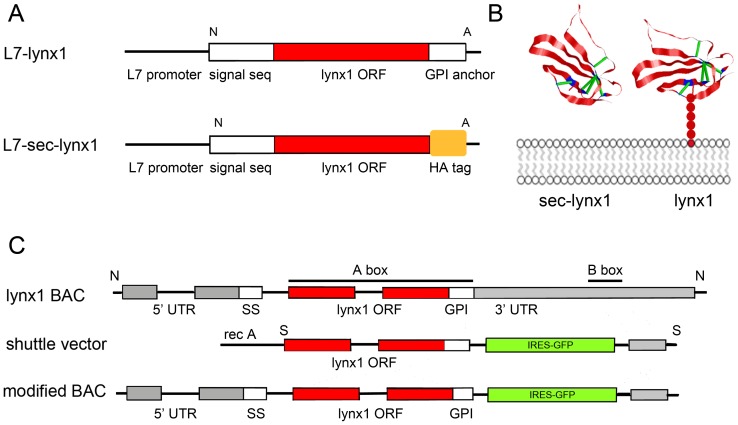Figure 1. Summary of three transgenic lynx1 constructs: L7 lynx1, L7 secreted lynx1, and lynx1 BAC.
(A) L7-lynx1 construct, upper, utilizing a pcp (L7) promoter sequence in front of a full length lynx1 cDNA contained the full length lynx1 coding sequence. Lower, L7-sec-lynx1, pcp (L7) promoter driving expression of a secreted variant of lynx1, lacking the final asparagine residue that makes up the mature form of lynx1, and lacking the GPI-anchor hydrophobic consensus sequence. An in-frame HA sequence replaces the GPI anchor sequence. (B) Representative structural model of lynx1 (right hand molecule) with associated GPI-linked tether (red circles) to the plasma membrane (grey). Model is based on the NMR structure of lynx1 [56]. Left hand molecule, the secreted variant of lynx1 can translocate freely across the plasma membrane and diffuse into the extracellular and/or synaptic space. (C) BAC modification strategy for the generation of a lynx1 modified BAC transgenic mouse line.

